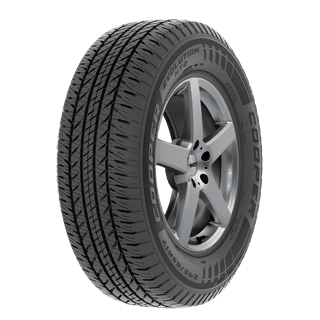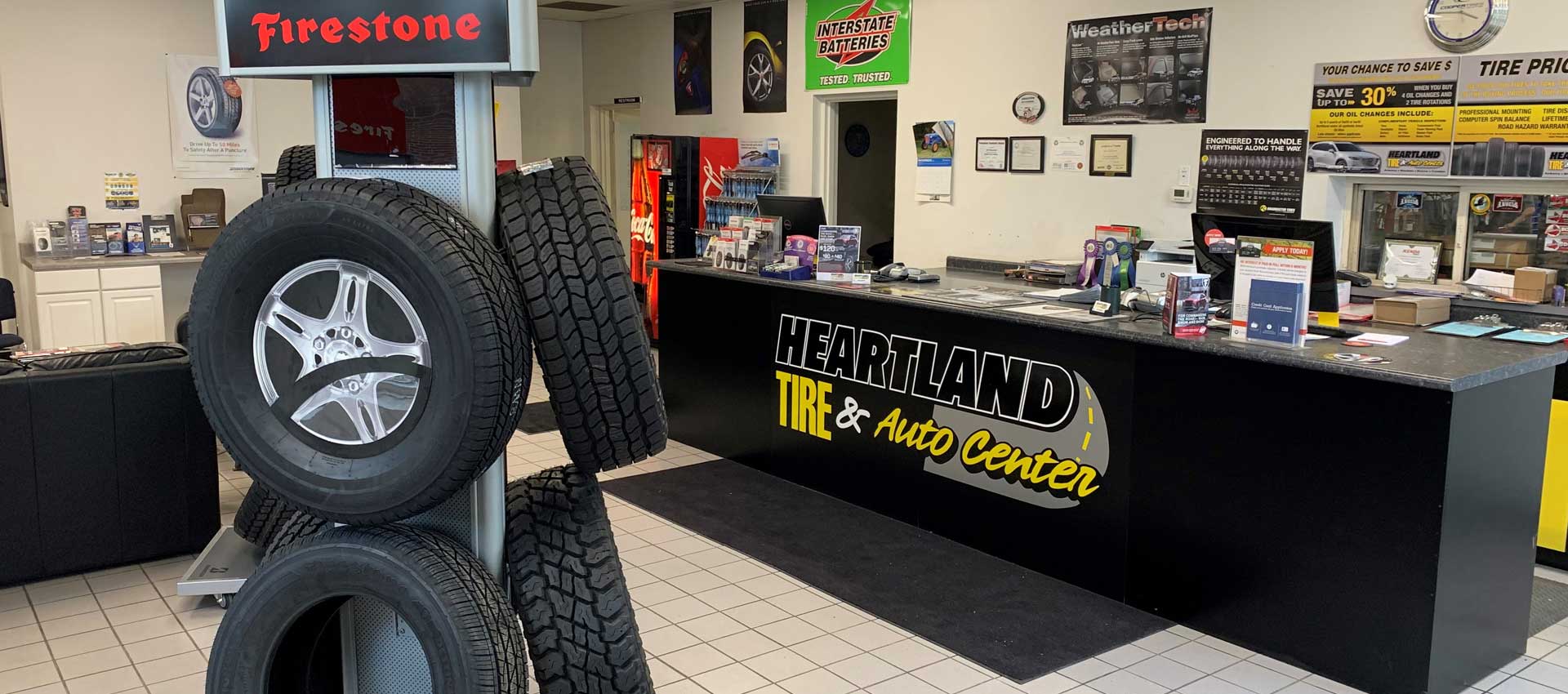Tire Solution: Understanding Tire Pressure Tracking Systems
Recognizing Tire Stress Tracking Solutions (TPMS) is a vital facet of preserving optimal automobile efficiency and security on the roadway. With improvements in vehicle technology, TPMS has actually ended up being a standard function in modern-day vehicles, giving real-time info on tire stress degrees.

Significance of TPMS
The value of Tire Stress Monitoring Solutions (TPMS) depends on their capability to improve lorry safety and performance through real-time monitoring of tire pressure levels. Keeping the correct tire pressure is crucial for making sure optimum handling, stopping, and total safety and security of a vehicle. TPMS provides drivers with instant comments on any type of overinflated or underinflated tires, permitting timely modifications to be made.
Parts of TPMS
Making up various important elements, a Tire Stress Tracking System (TPMS) operates as an innovative safety attribute in modern automobiles. The primary elements of a TPMS consist of sensors, a control component, and a caution indicator. Sensors are generally situated in the tire shutoff stem or connected to the wheel setting up, where they measure tire stress and send data to the control component. The control module processes this details and causes a warning if it detects dramatically reduced pressure in any one of the tires. The caution indication, frequently a sign on the control panel, signals the driver to check the afflicted tire or tires. Some progressed TPMS versions additionally display the real tire stress readings for every tire, supplying vehicle drivers with real-time details to guarantee ideal tire performance and security. By checking tire pressure constantly, TPMS assists stop mishaps, lowers tire wear, and enhances gas effectiveness, making it an important element for lorry safety and efficiency.
Kinds Of TPMS

On the various other hand, indirect TPMS depends on the lorry's wheel speed sensing units to monitor tire pressure. This system finds underinflation by contrasting the rotational speeds of the wheels. Indirect TPMS is less costly than direct TPMS, as it utilizes existing sensors within the automobile.
While direct TPMS provides a lot more precise readings, indirect TPMS is simpler in style and usually needs less maintenance. Both systems have their constraints and benefits, and the selection between them frequently relies on elements such as cost, vehicle make, and personal preference. Comprehending the differences in between these 2 types of TPMS can help lorry proprietors make notified choices pertaining to tire upkeep and security.
TPMS Maintenance Tips
Reliable maintenance of TPMS is important for making sure optimal efficiency and security of your car. Regularly inspecting the TPMS sensing units for any damages or rust is essential. Guarantee that the sensing units are cost-free and clean from debris that can conflict with their functioning. In addition, it is a good idea to check the important source sensor batteries regularly and replace them as required to ensure exact analyses. Conduct routine look at the tire pressure degrees and contrast them with the TPMS analyses to ensure they are consistent. If there are any kind of inconsistencies, recalibrate the system following the maker's standards. Moreover, throughout tire rotation or replacement, see to it that the TPMS elements are managed thoroughly to protect against any prospective damages. If the TPMS warning light illuminates on the control panel, resolve the concern quickly by checking the tire stress and the general system for any faults. By adhering to these upkeep suggestions, you can prolong the lifespan of your TPMS and boost the safety of your driving experience.
Advantages of Appropriate Tire Stress
Preserving appropriate tire stress, as stressed in TPMS Upkeep Tips, is important for reaping the numerous check my blog benefits associated with optimal tire pressure degrees. In addition, proper tire stress ensures also tire wear, prolonging the life expectancy of the tires and advertising more secure driving conditions. In final thought, the advantages of proper tire pressure go past simply tire long life; they encompass improved fuel effectiveness, improved safety, much better vehicle performance, and total driving convenience.
Final Thought
Finally, understanding tire pressure monitoring systems (TPMS) is crucial for preserving optimum tire pressure and making certain car safety. By identifying the significance of TPMS, knowing with its parts, understanding the different kinds offered, adhering to correct maintenance tips, and understanding the advantages of keeping proper tire stress, motorists can enhance their driving experience and lengthen the life-span of their tires. Correct tire pressure is key to efficient and secure car operation.
